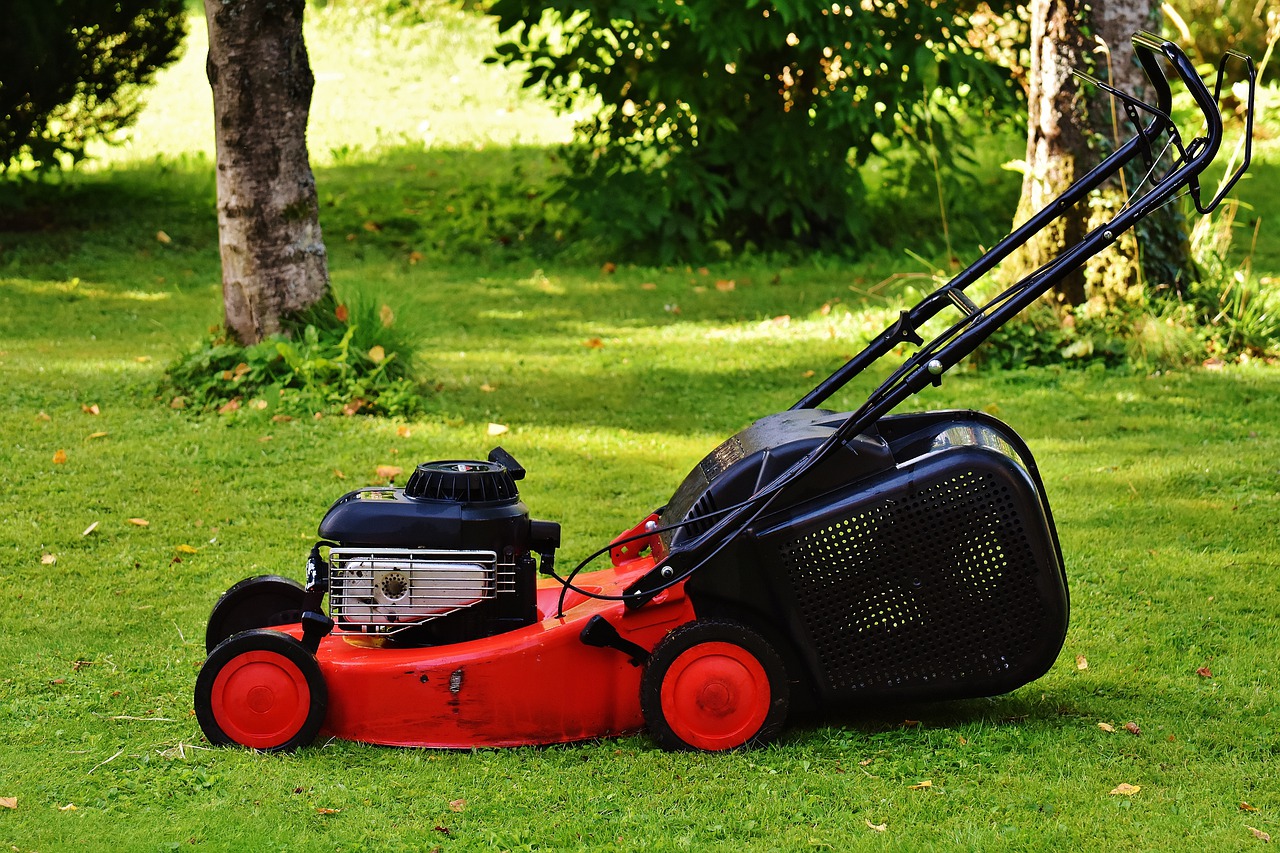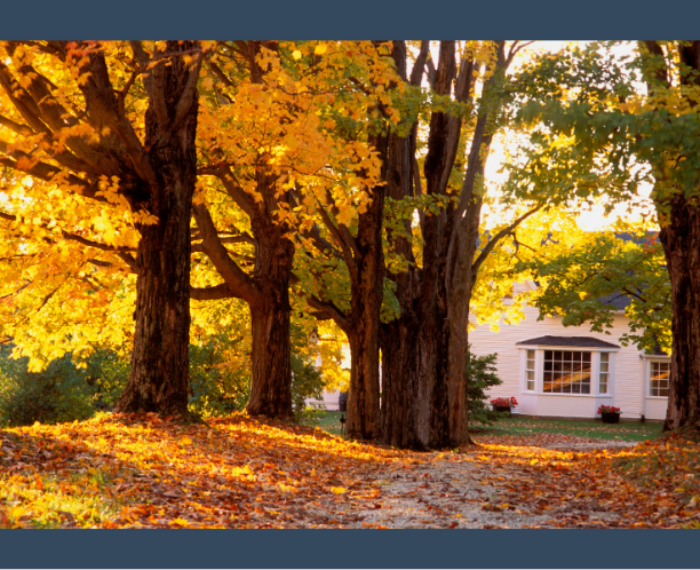Lawn maintenance is a science that is a specific department and major at some colleges. You are probably like me and did not go to school to figure out how to make your lawn stay alive. Every Spring, I promise myself this will be the year my yard doesn’t look awful. Let’s see what the experts think:
Getting Ready For Spring
- Sharpen mower blades: can’t cut grass with out a proper blade!
- Tune up your mower: like a car, it’s good practice regularly maintain your mower. Oil may need to be changed, install new spark plug and air filter and check the battery depending on what type of mower you have.
Buy fresh gas: Gas can go bad so it’s a good idea to get new gas to start the season off right. Sometimes adding a bit of engine cleaner to the fuel can increase the life of your engine. - Clean up the yard…again: I know I did not get every leaf in the bag before the first snow fall. Rake the yard and pick up sticks so your grass is not smothered by a layer of debris.
First Mowing Of The Season
- Try not to mow when the grass is wet, it can spread diseases and clog up your mower.
- Aerating the grass is punching small holes in the lawn so water, sun and fertilizer can get to the roots. Aerating machines can be rented or purchased to make the process easier.
- Use pre-emergent herpicides to help prevent crabgrass and other weeds from taking root. Crabgrass starts growing when your soil temperature reaches 58 degrees, so pay attention. Crabgrass enjoys a shady cool environment, so keeping your trees trimmed can help alleviate issues.
- In Minnesota, apply fertilizer in late summer or fall as cool grass stores energy in the winter and is able to use it in the spring without help from fertilizing.

Mowing Tips
- The taller the grass, the deeper the roots, the fewer the weeds, and the more moisture the soil holds between watering.
- Set your mower blade to 3 inches.
- You may have to mow more than once per week in peak summer time.
- Deep and infrequent watering is better for lawns then frequent sprinklings. Lawns need about 1 inch of water per week.
- It’s ok to leave grass clippings on the lawn to compost into the soil. However, remove large chunks and sticks to make sure the grass still has access to water and sunlight.
When To Plant Grass Seed
Minnesota has a cool/humid grass climate that supports cool weather grasses like Bluegrass and Fescue. To find your grass climate, use this website. Seed cool weather grass seeds in late summer to early fall. This gives these grasses the best chance of survival. They don’t have to deal with the heat of the summer and established grass will start going dormant soon which will give your growing seeds a better chance of grabbing up essential nutrients. Planting before a rainstorm can be helpful as the rain will help to germinate the grass seed. You should see results in new grass sprouts approximately 2 weeks after planting.
Fertilizing the lawn is also a late summer or fall activity to combine with seeding. If you are thinking about redoing the lawn yourself, here is an excellent article from Lowe’s that gives instructions for all types of lawns.
Feel free to leave a comment!



